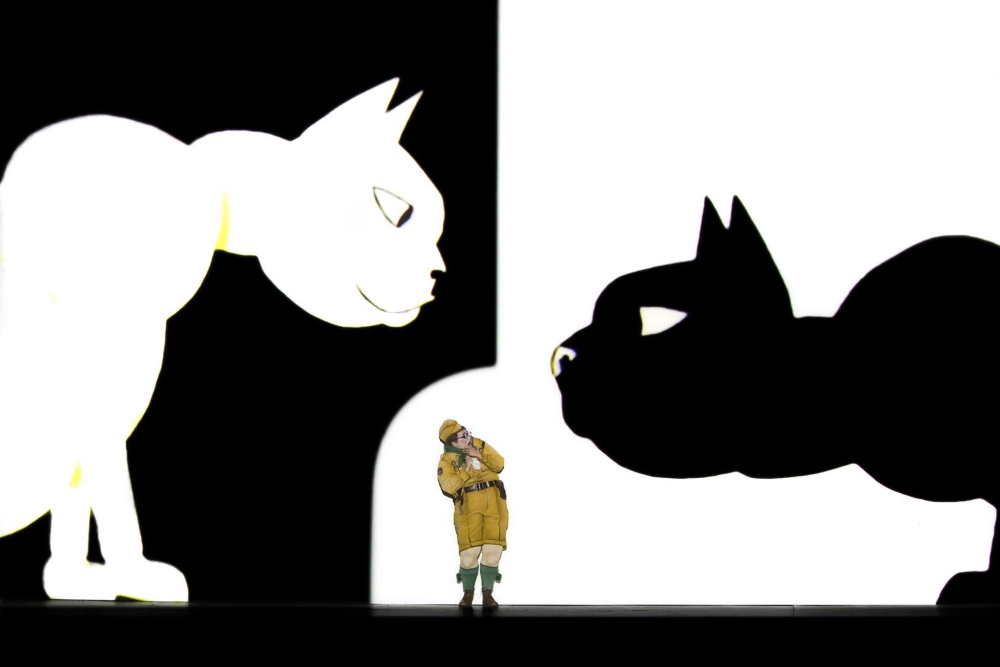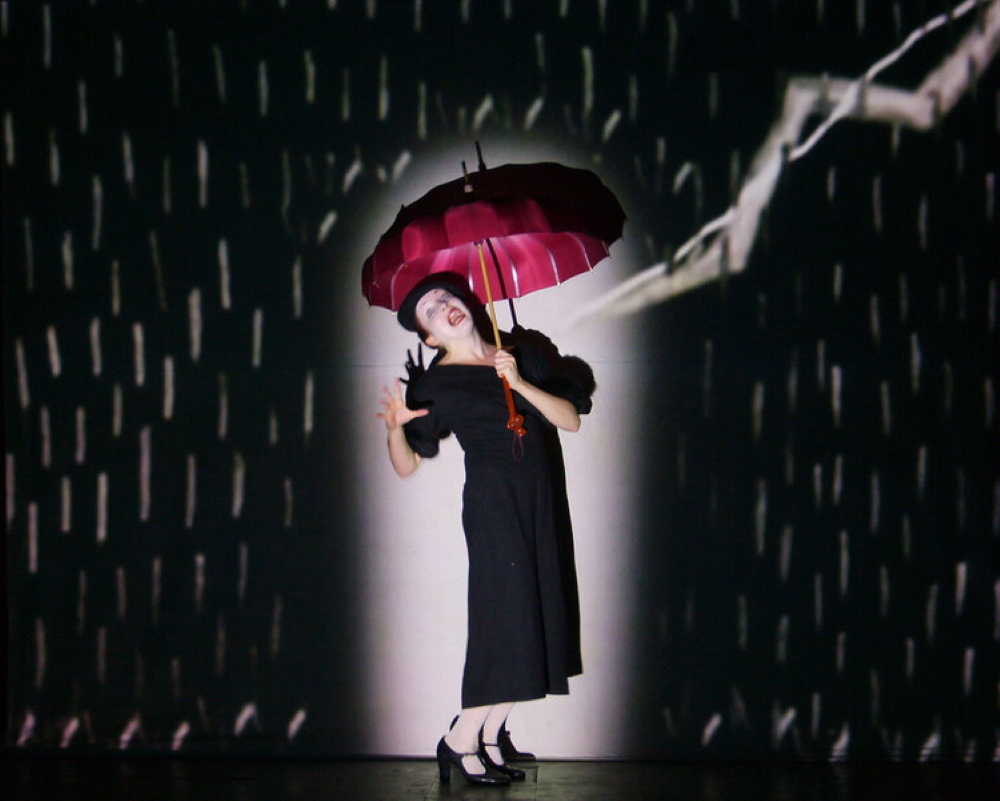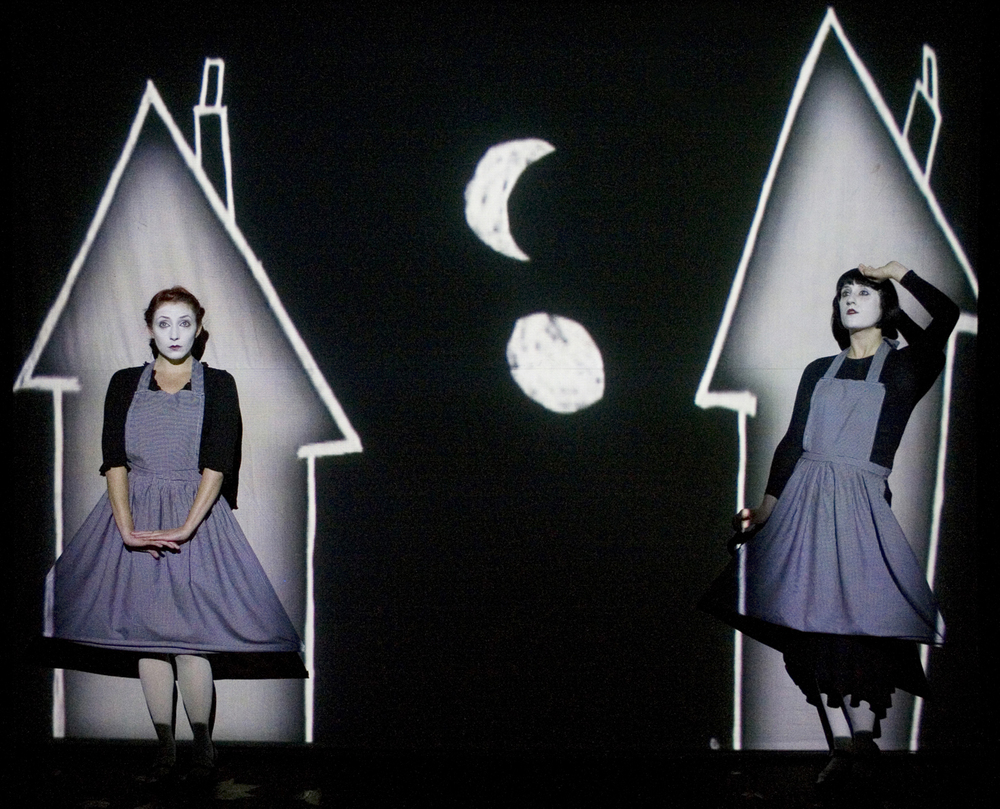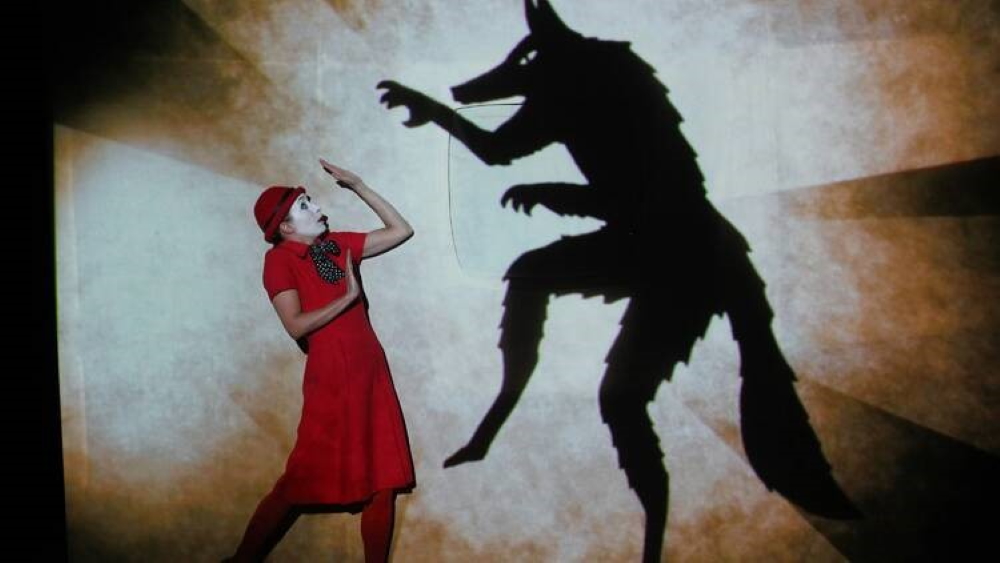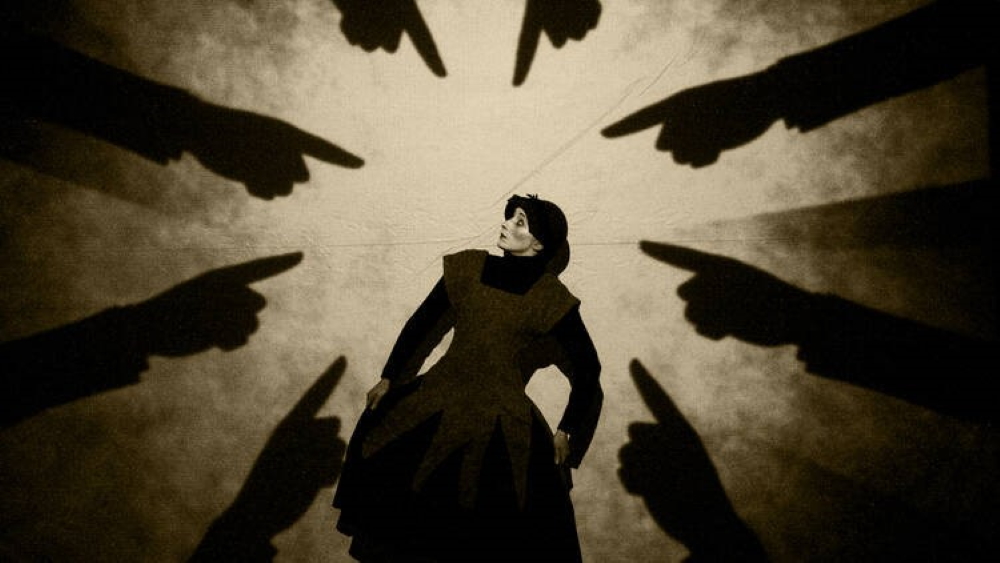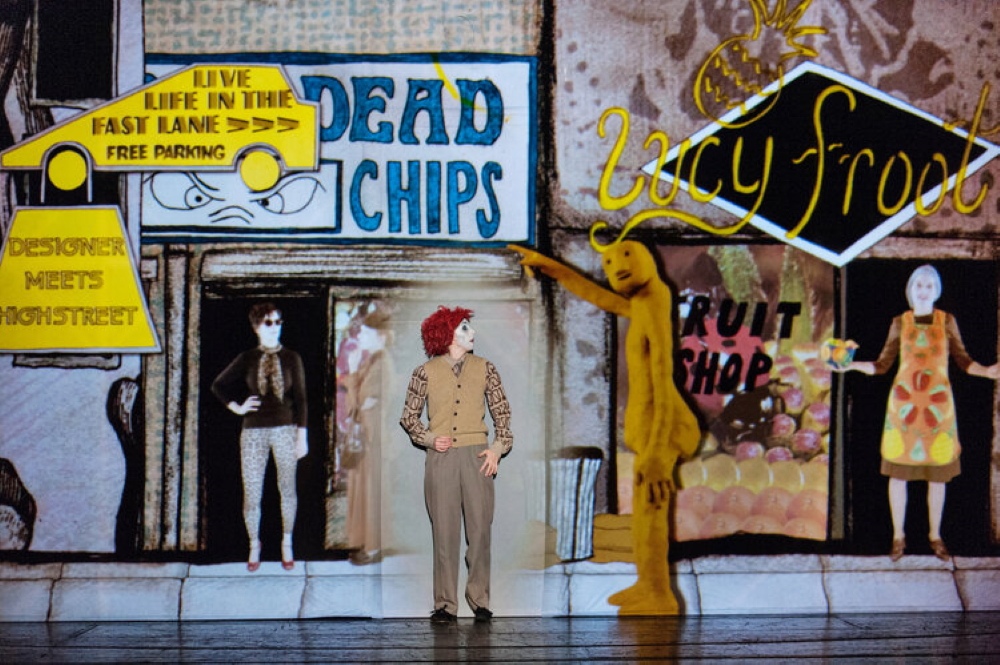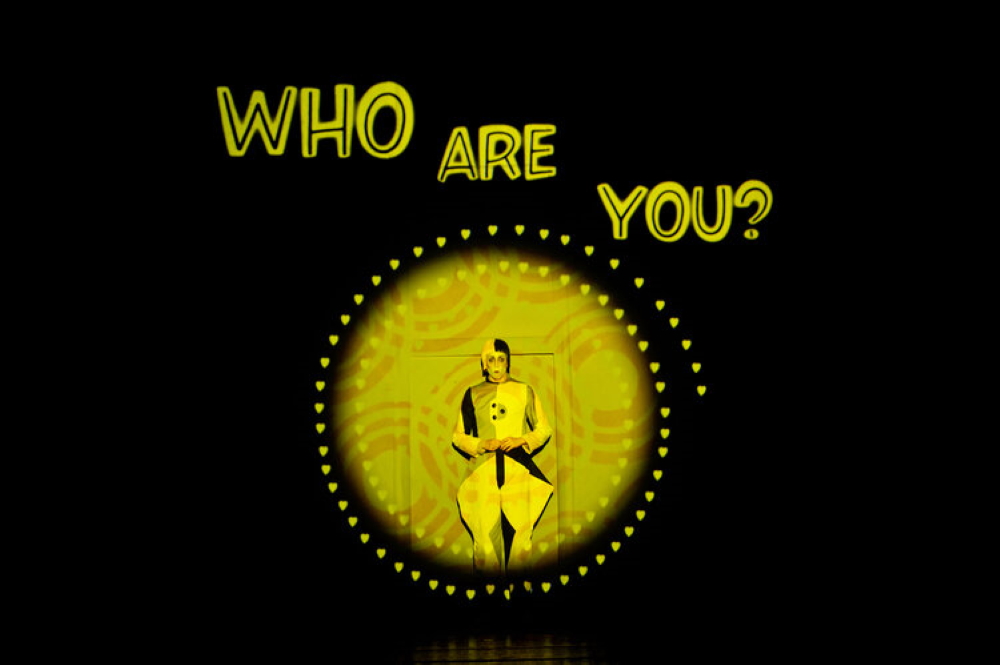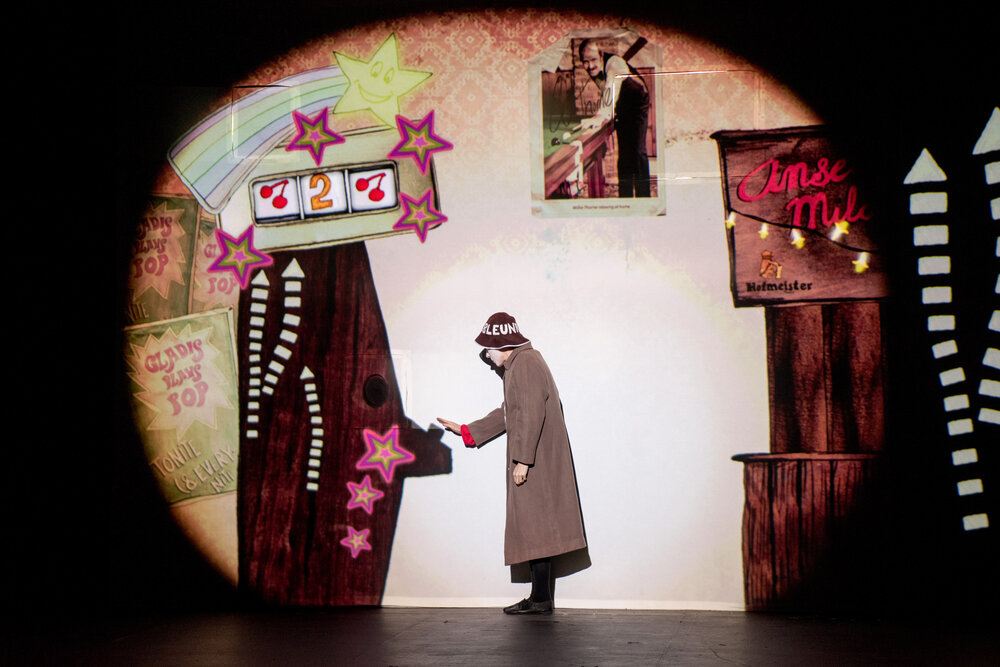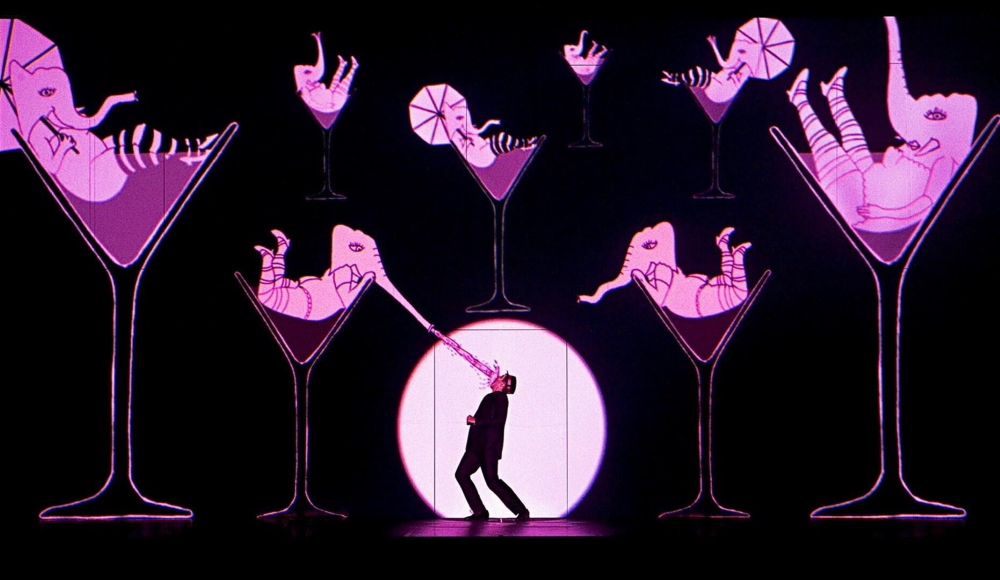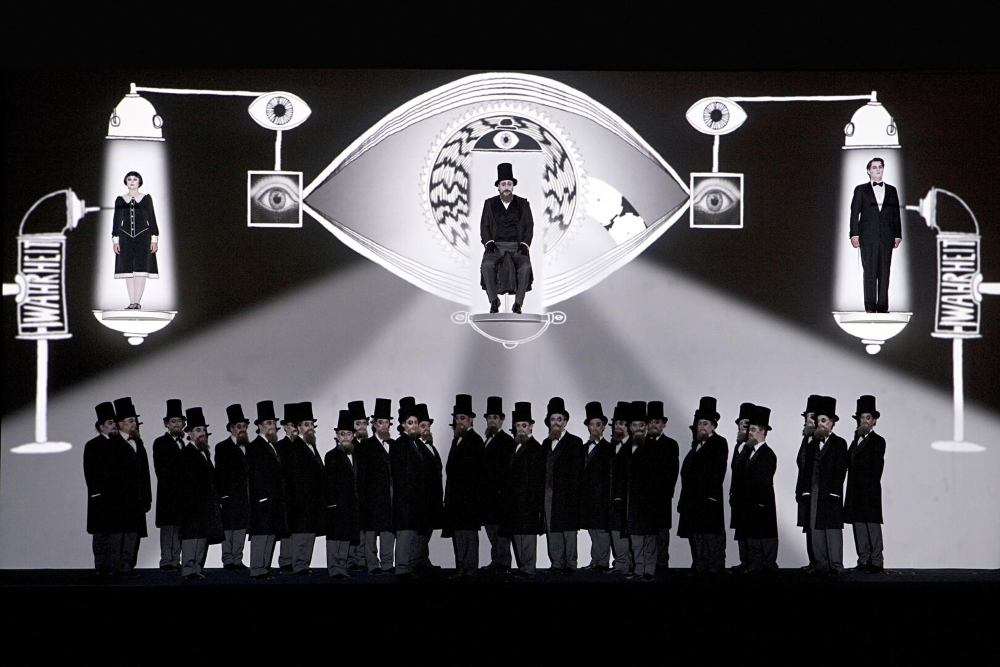Paul Barritt
hand-crafted animation / illustration
GB
“Groundbreaking with strokes of genius” (Daily Telegraph). “Funny, unsettling and unforgettable” (The Times). “Unlike anything you will have experienced before” (Evening Standard). The media rave in unusual unity about 1927, an innovative theatre collective whose productions have been licensed to opera houses worldwide and performed to over one million people across six continents within 15 years. Paul Barritt is the co-artistic director and is responsible for the design and animation alongside the general crunching of ideas. He won the Critic’s Choice Award for Best Design and the Knight of the Illumination Award for the best projections regarding their third stage show. Mr. Barritt and the other co-founders of the company, author/performer Suzanne Andrade and actress Esme Appleton, were voted on ‘The Stage 100 List’ as of the most influential artists in British Theatre.
Paul Barritt
hand-crafted animation / illustration
GB
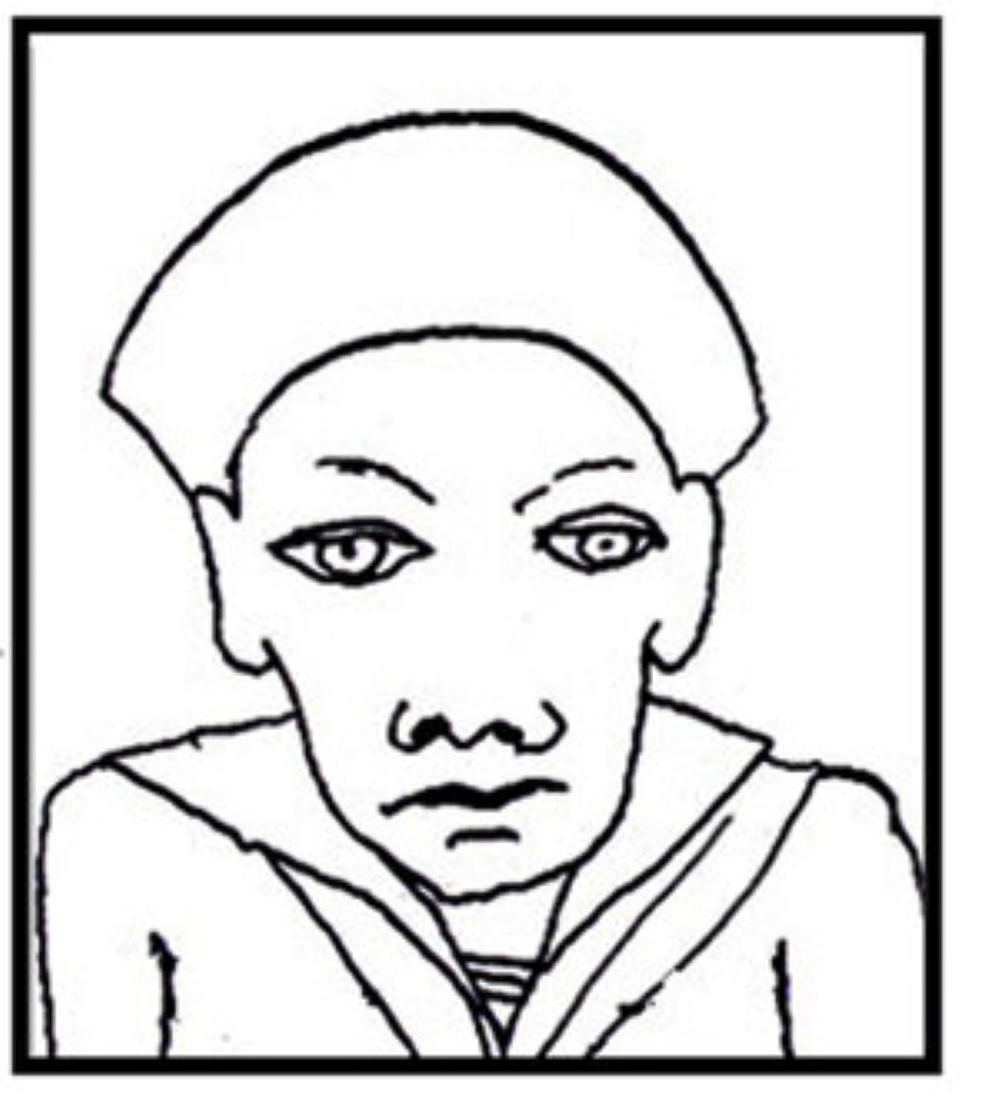
The team of 1927 are experimenting with ways of combining theatre, live music, film and vintage-style animation. Already its first production Between the Devil and the Deep Blue Sea, got great critics (“This is the kind of show you dream of finding – a strange and wonderful little gem that feels utterly fully formed” – Metro), received multiple awards and toured internationally. The second, the wickedly twisted The Animals and Children took to the Streets. It was described by The Observer as “a macabre masterpiece of invention and skill”, won the OFFIE-award for Best Entertainment and was performed over 400 times at 80 venues. The third, the dystopian fable Golem (“A bleak, delightful, antique, topical treat in every way” – Financial Times), was awarded as mentioned and shown in international venues. They have also made a version of Mozart’s The Magic Flute in cooperation with Barry Kosky at the Komische Oper Berlin that has been presented around the world. Furthermore a version of Petruschka/ L’enfant et les sortilèges (Strawinsky and Ravel) at the same house in Germany’s capital. Their production Roots (Stories from a simpler time) premiered at the Edinburgh International Festival. The touring of this show was effected by the lock down but it did find a home as a spoken word radio show on BBC Radio 3. Besides all that 1927 run numerous workshops in schools, prisons, parks, theatres and festivals.
A good impression of what a 1927-stage-presentation is like, reflect these quotes from The Guardian’s review: “Think Alexander Rodchenko meets Tim Burton, Charles Dickens meets Fritz Lang, and the early 20th-century silent movie meets the 21st-century graphic novel… 1927 conjure a world so complete it feels as if you've fallen down a rabbit hole.“
Outside of 1927 Paul Barritt collaborated on an animated new music concert called Krazy Kat Projekt, this he then re-did with a rock and roll band and named it Cat and Mouse. His short film White Morning was shown at the Sundance Film Festival as well as many other international film festivals. “PB” worked with the Victoria and Albert Museum in London to animate an artwork by the Flemish landscape painter Denis van Alsloot (1570-1620). Mr. Barritt made a piece named Strand in collaboration with the composer Richard Ayres for the Acht Brücken festival in Cologne/Germany and has a regular collaboration with the German punk band Die Toten Hosen, making content for their live shows. In addition the Englishman has written and illustrated a book named 10 Leisure Machines.
When asked where his ideas come from Paul answers: “You must look beyond the field you work within for inspiration.” And then adds that the Russian animation director Juri Norstein and the Czech stop motion animator Jan Švankmajer have a god-like status for him. While the old masters represent the past, Paul Barritt is part of the new generation. One thing is very close to his heart, because animation is usually viewed on a small screen at home nowadays he wants to break with that, get people out of the house and down to a venue to watch animation that is let of the leash, where all is live and real in size! “One of the problems we need to overcome in the artistic world is categories” Paul Barritt accentuates in an interview with run-riot.com. “Why should anything really be categorised? Why does it need to be called “theatre” at all? With 1927 we always had issues with explaining what it is we do. Really I’m just interested in making what I make without pigeonholing it. Actually, it is a load of animations with music and theatrics, a mishmash of things. That is what excites me. Some of the best things you see are things you happen upon and didn’t expect, things you weren’t entirely sure what they were about. Unfortunately, the nature of a hyper-marketed scene is that less risks are taken. Everyone is told exactly what to expect before they even buy a ticket.”
Paul Barritt works and lives in Margate, England.
Interview July 2022
Expect the unexpected: a mish-mash of things
INTUITION/IMAGINATION
How does intuition present itself to you – in form of a suspicious impression, a spontaneous visualisation or whatever - maybe in dreams?
It is both slow and fast. For some ideas they come in a flurry and then I let them slowly develop. Other times, if it’s a more design-based problem it is usually very fast and comes out of the material I am working with.
Will any ideas be written down immediately and archived?
Sometimes. Bit usually I let things roll around in my head for a bit.
Are great ideas based on intuition and do they reveal themselves in a kind of clear as well complete version that just has to be realized? Or is it endless trials and errors (after the first spark) that result in constant developments up until the final result?
After the first, so called, spark it is layers upon layers of work to get it into shape. Also the first spark is just that, a spark that then sets fire to the real ideas. Sometimes an idea arrives perfectly formed but it’s rare.
What if there is a deadline, but no intuition? Does the first fuel the latter maybe?
A deadline can be a good thing for inspiration, gives you a timescale. I always front foot the work. I prefer to have everything done before the deadline. With theatre shows, usually you end up working up to the wire but still it is always best to be prepped. That way if you have a bit of an “off day” you have plenty of time.
INSPIRATION
What inspires you and how do you stimulate this special form of imaginativeness?
Everything inspires. It is a way of life not a job and everything feeds in. Having kids is massively inspiring. Watching them grow before you. I also go birdwatching, this is something that I am finding increasingly inspiring. I almost never watch television and don’t own one. I read all the time and when working in the studio listen only to so called “classical music”.
How do you separate the good from the bad and which ideas are worthwhile to be explored further or whether one idea has the potential of being outstanding really?
This is something you get better and better at. Over the years I have done all kinds of experimentation with styles and methods. The process of editing is a good one. Nothing better than cutting away stuff. You have to try to float above it and look down from above, removing anything that is unnecessary. Working with other people is good for this.
Has it to appeal to you primarily or is its commercial potential an essential factor?
Both. You should always think about an audience.
Do you revisit old ideas or check what colleagues/competitors are up to at times?
Always revisiting old ideas. Nothing is ever wasted. An idea that wasn’t suited to one bit might well come back later to another . . .
CREATIVITY
Which time/place/environment suits your creative work process the best (tranquillity or pressure) and which path do you take from theory/idea to creation?
Pressure every time!! My studio is in my house though so even when I am working very hard I have my family around me so am kind of tranquil (or as tranquil as having three kids smashing up the studio can be!)
What is better in the realization process: speed and force creativity i.e. grasp the magic of the moment, or a slow, ripening process for implementation/elaboration?
Both. Sometimes pressure forces you to get stuff down. It certainly helps with finishing. That said having the luxury of time is good and allows things to grow.
If problems occur during creativity or one’s stuck even, how can these be solved?
Work, work and more work. I’m never one for staring into an empty screen or a blank page. Wake up and work and it will all come good.
How important are self-doubt and criticism (by others) during such a process i.e. is it better to be creative on your own, only trust your own instincts, or in a team?
Good to work in a team as you can all sift through the ideas. I don’t mind working alone either. Never underestimate the benefit of a third eye. You can get wrapped up in something and not be able to see the wood for the trees. Getting someone to look at it and critique it is very important.
Should a creative always remain true to him-/herself including taking risks & going against the flow or must one, for reasons of (commercial) survival, make concessions to the demands of the market, the wishes of clients and the audience’s expectations?
Always worth trying to stay true to yourself. Concessions, however, can be a good thing. Boundaries and limitations can bring out the best stuff.
How is innovation still possible if one has established a distinctive style and, just in case, is it good to be ahead of one’s time even one hazards not being understood?
Innovation is always possible within any style. It can be good to establish a style, you can then feed ideas into that style.
When does the time come to end the creative process, to be content and set the final result free - or is it work-in-progress with an endless possibility of improvement?
With theatre the curtain has to go up on the premiere and so usually it is finished by then! Sometimes we go back and change things.
Sometimes it just tells you to stop and then it’s done.
Everything is, however, a part of a larger on-going project, something that will only really end with retirement or death . . .
In case of failure or - worse - a creativity crisis how do you get out of such a hole?
All failure is good. The creative process is all about failing. The more you fail the better you get.
SUCCESS
Should/can one resist the temptation to recycle a ‘formula’ one’s successful with?
No! Bach used to constantly recycle his material and no one questions his output. A formula is good, it means you can feed ideas into it. Ideas in general are only ever a recycling of something, they are only given the appearance of being original because it is a fresh configuration.
Is it desirable to create the ultimate/timeless work, but doesn’t “top of the ladder” bring up the question of “what’s next?” i.e. isn’t such a personal peak “the end”?
I’m so far away from that I don’t know. Maybe one day I’ll make or write something that I feel is the summation of all I have learned but I doubt it . . . the process itself is too alluring.
MY FAVORITE WORK:
One of the works I have made to date that I am most proud of is a version of the Strawinsky ballet Petruschka that we made using circus performers. Stylistically I really liked the result and also I think the interaction of the live performer and the animation was the best we have done yet. Also it was a pretty joyful experience working on it and I happened to meet my wife during the process!!
